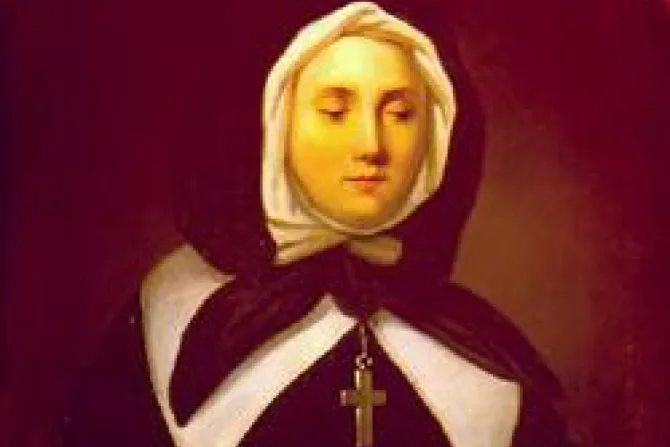Denver, Colo., Jan 8, 2012 / 05:15 am
On Jan. 12, Roman Catholics remember Saint Marguerite Bourgeoys, who not only founded a religious congregation, but was also instrumental in establishing the Canadian city of Montreal.
Marguerite Bourgeoys was born on Good Friday of 1620, during a period of both colonial expansion and religious strife for Europe. She was the sixth of twelve children born into the middle-class household of Abraham Bourgeoys, a merchant, and Guillemette Gamier, in the northeastern province of Champagne in France.
By her own account, Marguerite had been “very light-hearted and well-liked by the other girls” while growing up. Her turn toward God's calling began in 1640, not long after her mother's death. On Oct. 7 of that year, during a procession honoring Our Lady of the Rosary, Marguerite had a mystical experience involving a statue of the Virgin Mary at Notre-Dame Abbey.
“We passed again in front of the portal of Notre-Dame, where there was a stone image above the door,” Marguerite later recounted. “When I looked up and saw it I thought it was very beautiful, and at the same time I found myself so touched and so changed that I no longer knew myself, and on my return to the house everybody noticed the change.”


